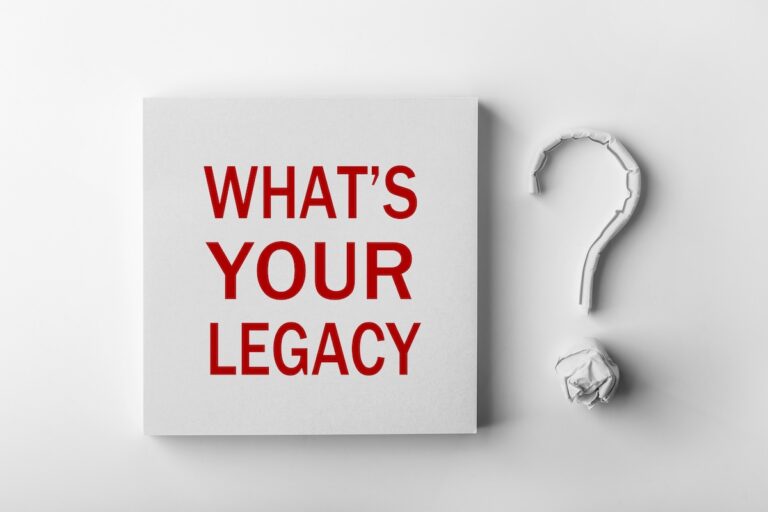Resistance to change is a natural phenomenon. At an individual level, change can create a mixed range of emotional response.
A Global Survey by McKinsey in 2006 (Organising for Successful Change Management), shows that where change had not been successful, the dominant emotions were anxiety, frustration and confusion.
While those emotions were not necessarily absent in organisations that managed change successfully, the more dominant emotions were a sense of focus, enthusiasm and a feeling of momentum.
So, how can you help create these more productive responses to engage employees in the change?
With any change, there will be new requirements that people are happy about and new requirements that concern them. Equally, there will be old ways that they are happy to lose and old ways that they will miss.
To engage employees in the change, you need to help them recognise the benefits of the change while coping with the perceived negatives.
3 key strategies are:
1. Highlight the positives
Irrespective of how difficult it might be to bring the change about, it is worth getting employees to consider the benefits of the final state. In other words, “Suppose this change had already taken place, how might that be a good thing?”
And it’s worth encouraging employees to answer that question from several different perspectives – for example, their customers, their direct reports, their peers, the organisation as a whole and external stakeholders.
Helping employees look at the change through different lenses often helps them realise positives they weren’t aware of when thinking about it just from a personal perspective.
2. Provide coaching and support to help them develop the knowledge and skills to adapt
Another challenge that often creates resistance from employees is the concern that they will lose something they value. They may be anxious or fear they won’t have the knowledge and skills to manage in the new world.
Training, coaching and support can help employees develop the knowledge, skills and confidence to adapt to their changing circumstances.
3. Positively reinforce all progress and achievements, however small
Change is hard and takes effort. Employees need regular positive reinforcement of every action and achievement that moves the organisation forward. Without praise, recognition and reward they won’t continue the efforts needed to deliver the change and set it into the culture or the organisation.
Successful change is about feeling, not just thinking. It’s about winning hearts and minds. These strategies will help engage the positive emotions to engage employees in driving the change.



